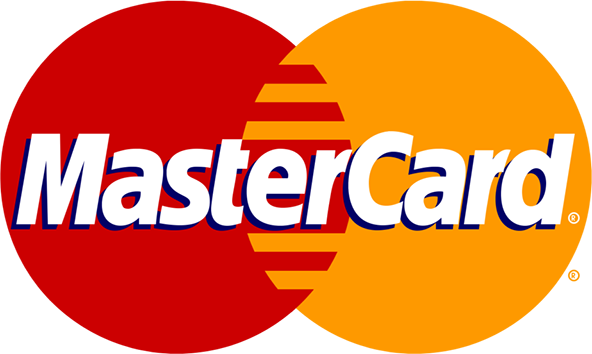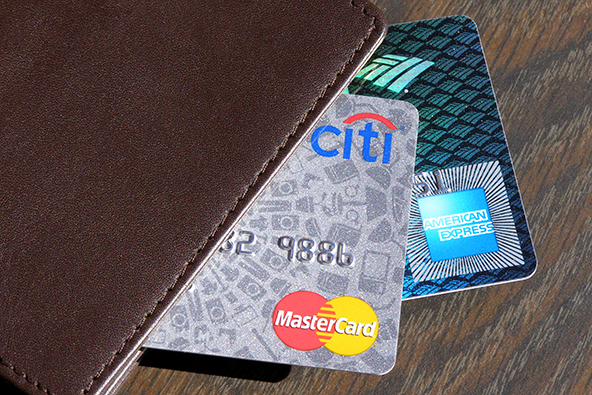Authorization of MasterCard Transactions

Responses to authorization requests provide merchants with guidance on how to complete a credit card transaction. MasterCard authorization responses typically take the form of a code that specifies the action the merchant should take. The format of the authorization response can differ from one processing bank to another.
Regardless of the format of the authorization response, it always directs the merchant to take one of the actions listed in the table below.
|
Response |
Description |
| Approve | The transaction is authorized as reported.
|
| Decline | The merchant should not accept the card, but return it to the customer instead and request another form of payment. |
| Refer to the card issuer | The processor or merchant is required to contact the issuer for further instructions. |
| Capture card | The merchant is required to retain the card, but only by reasonable and peaceful means. |
| Valid | This response is used for inquiry transaction types only.
|
MasterCard requires its debit card issuers to support partial authorization approvals. A partial approval enables merchants and cardholders to successfully complete debit and prepaid card transactions when the balance on the card is less than the transaction amount.
Provided the merchant’s point-of-sale (POS) terminal supports this feature, the issuer’s partial approval response approves a portion of the transaction amount in the authorization request when the transaction amount exceeds the amount of funds available on the debit or prepaid card. This portion is the amount that is available on the card at the time the request is processed. However, for automated fuel dispensers (AFDs), an issuer can respond with a partial approval amount that is greater than the amount in the authorization request.
When the merchant’s authorization request indicates that its POS terminal supports partial approvals, the issuer has the option to respond with the partial approval amount and partial approval response code. The partial approval response can also indicate the balance due, which is the difference between the original transaction amount and the partial amount approved by the issuer. The cardholder can then choose to complete the purchase by paying the balance using another form of payment (e.g. cash, check or another card).
Image credit: Wikimedia Commons.


